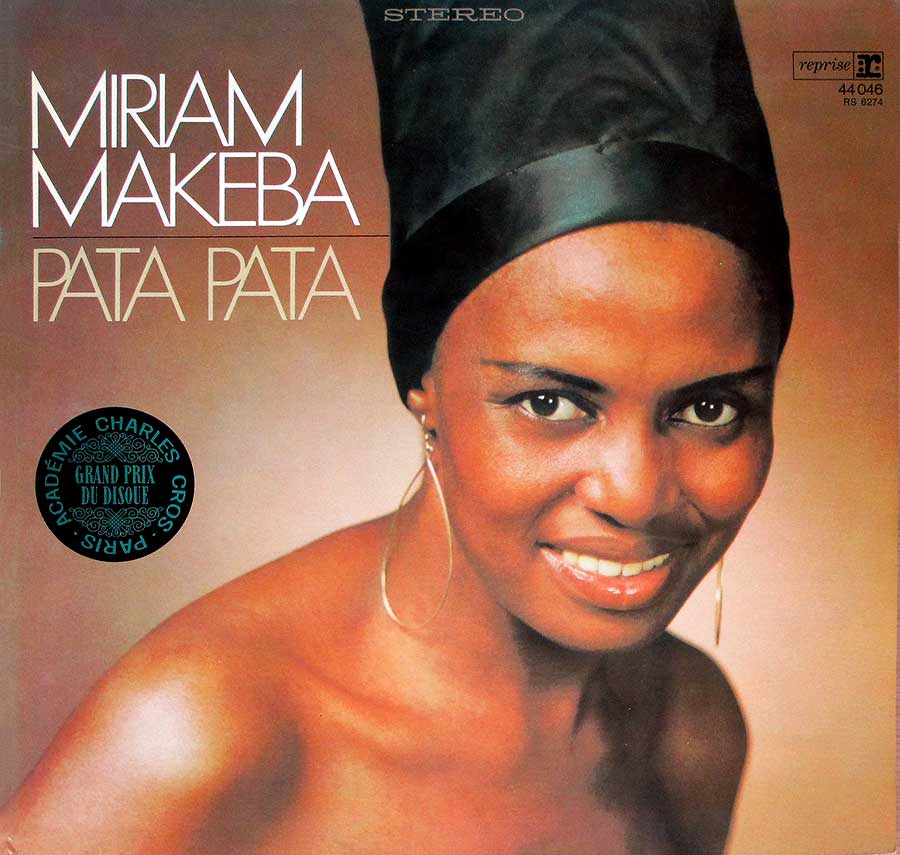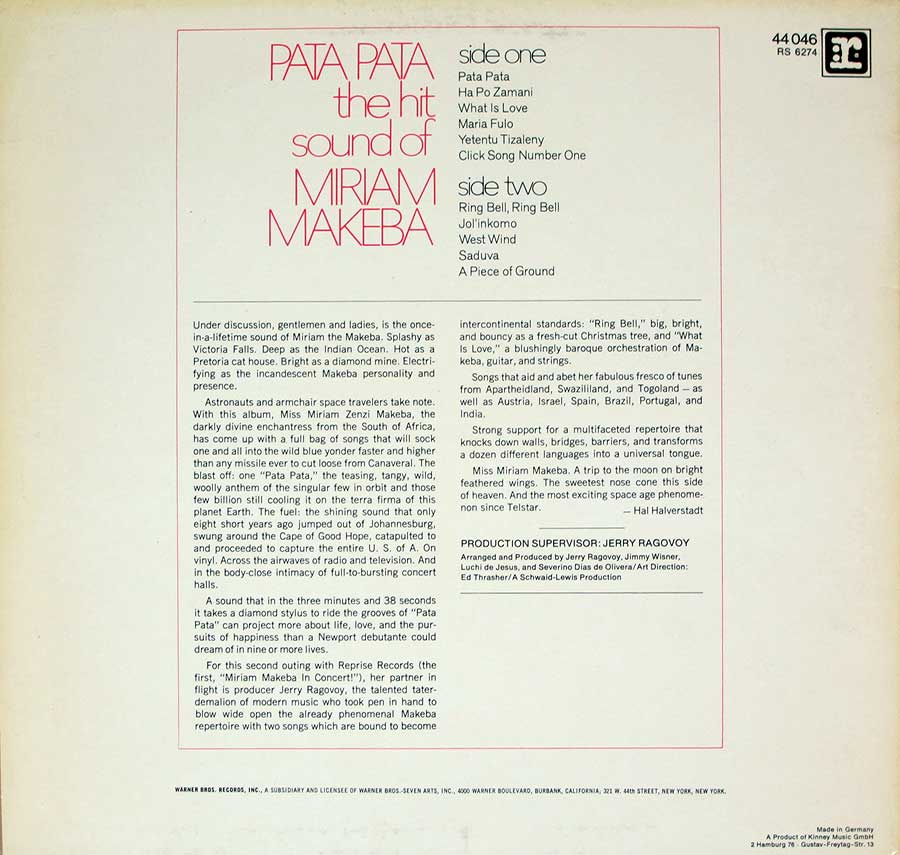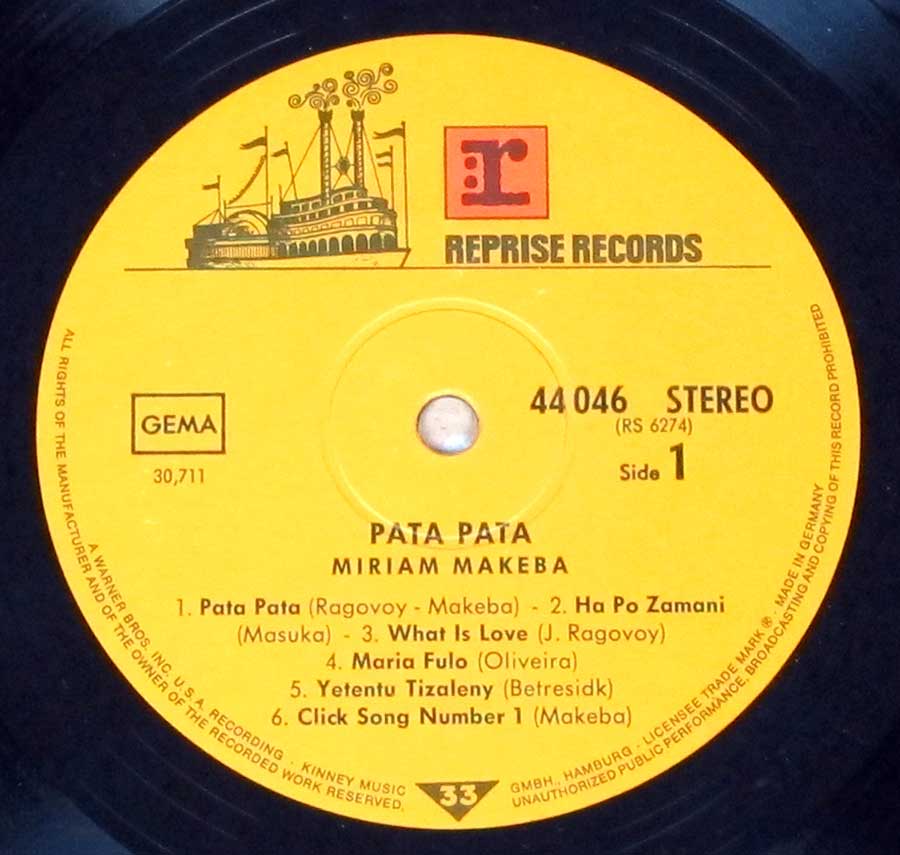Miriam Makeba, often referred to as ÒMama Africa,Ó was far more than just a remarkable vocalist; she was an enduring symbol of resistance, resilience, and African identity during the tumultuous decades of the 1960s and 1970s. Her music, deeply rooted in the rhythms and traditions of South Africa, transcended borders and language barriers, becoming anthems of hope and unity in the fight against apartheid and global injustice.
The Political Climate of the 1960s and 1970s
The 1960s and 1970s were defining decades for African liberation movements and the Civil Rights Movement in the United States. South AfricaÕs oppressive apartheid regime, which institutionalized racial segregation and discrimination, was in full force. Makeba, who began her career in the 1950s with The Manhattan Brothers and later the Skylarks, became increasingly politicized after her international career took off. Her exile from South Africa in 1960, following her involvement in the anti-apartheid movement and her appearance in the documentary Come Back, Africa, placed her at the forefront of the global resistance to apartheid.
MakebaÕs music from this era was not merely a vehicle for entertainmentÑit was a rallying cry. Her powerful voice carried the pain of her homeland, and her songs often spotlighted the injustices faced by South Africans. Her rise to international stardom coincided with the growing visibility of the anti-apartheid struggle, making her a key cultural ambassador for the cause.
The Pata Pata Album and Its Context
Released in 1967, Pata Pata was a pivotal album in MakebaÕs career. The title track, originally recorded in South Africa in the 1950s, became her most iconic song. ÒPata Pata,Ó meaning Òtouch touchÓ in Xhosa, is a lively and rhythmic dance song, filled with joy and energy. However, beneath its infectious melody lies a bittersweet connection to MakebaÕs homeland, from which she remained exiled.
The album is not overtly political in its lyrics, but its cultural significance cannot be overstated. By bringing South African music and languages like Xhosa and Zulu to an international audience, Pata Pata served as a form of soft resistance. It was a way to assert the richness and vibrancy of South African culture at a time when the apartheid regime sought to suppress it.
Political Undertones and MakebaÕs Influence
While Pata Pata itself is more celebratory than confrontational, its release during the height of MakebaÕs activism imbued it with political weight. Makeba had already spoken against apartheid at the United Nations in 1963, calling for global action to end South AfricaÕs racial segregation policies. Her marriage to civil rights activist Stokely Carmichael (later Kwame Ture) in 1968 also underscored her deep alignment with global struggles for equality.
This political stance had significant consequences for MakebaÕs career. After marrying Carmichael, she was blacklisted in the United States, and her record sales and concert bookings plummeted. Despite this, she continued to perform globally, using her platform to advocate for justice and equality. Songs from the Pata Pata album, such as ÒA Piece of Ground,Ó carried a more overt political message, reflecting the dispossession and struggles of South AfricaÕs Black population under apartheid.
The Legacy of Pata Pata and MakebaÕs 1960s and 1970s Work
The success of Pata Pata catapulted Makeba to international fame, but it also highlighted her dual role as an artist and activist. The albumÕs vibrant tracks introduced the world to South African musical traditions, while MakebaÕs personal story underscored the struggles faced by her people. Songs like ÒClick Song Number OneÓ celebrated her heritage, while ÒA Piece of GroundÓ subtly criticized colonialism and land dispossession.
Through the 1970s, Makeba remained a staunch advocate for African liberation, performing at events and rallies that supported independence movements across the continent. Her music, while joyful and celebratory, always carried the weight of her identity as a Black South African woman in exile. This dualityÑhope and resistanceÑdefined her career during these decades.


